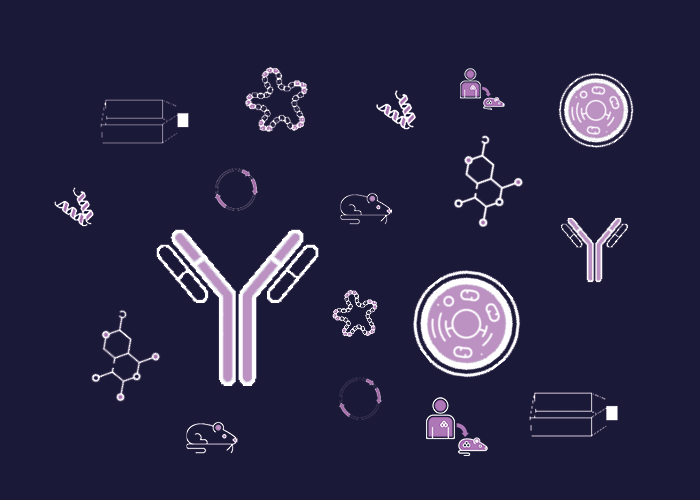
Cat. #161664
Anti-SHIP
Cat. #: 161664
Sub-type: Primary antibody
Availability: 3-4 weeks
Target: SHIP-1
Class: Monoclonal
Application: WB, IP, IF, IHC(P),
Reactivity: Mouse,rat,human
Host: Mouse
£300.00
This fee is applicable only for non-profit organisations. If you are a for-profit organisation or a researcher working on commercially-sponsored academic research, you will need to contact our licensing team for a commercial use license.
Contributor
Inventor: Larry Rohrschneider
Institute: Fred Hutchinson Cancer Research Center
Primary Citation: Lucas et al.1999. Blood. 93(6):1922-33. PMID: 10068665
Tool Details
*FOR RESEARCH USE ONLY (for other uses, please contact the licensing team)
- Name: Anti-SHIP
- Research fields: Cell biology
- Clone: P1C1
- Tool sub type: Primary antibody
- Class: Monoclonal
- Molecular weight: 135-145 kDa
- Reactivity: Mouse,rat,human
- Host: Mouse
- Application: WB, IP, IF, IHC(P),
- Description: Antibody P1C1 is recommended for detection of SHIP-1 protein of mouse, rat and human origin by WB, IP, IF, IHC(P) and ELISA. SHIP-1 Antibody (P1C1) is an IgG1 ? mouse monoclonal SHIP-1 antibody (also designated INPP5D antibody, or SHIP1 antibody). SHIP-1 contains two phosphotyrosine-binding domains (PTB), a unique amino terminal SH2 domain, a proline-rich region, and two highly conserved motifs found among inositol phosphate 5-phosphatases. SHIP-1 displays both phosphatidylinositol 3,4,5-triphosphate and inositol 1,3,4,5-tetrakisphosphate polyphosphate 5-phosphatase activity.
- Isotype: IgG1,?
Target Details
- Target: SHIP-1
- Molecular weight: 135-145 kDa
- Target background: SHIP-1 p145 /SHIP-1 p145 (SH2-containing-inositol phosphatase), associates with activated Fms. SHIP-1 contains two phosphotyrosine-binding domains (PTB), a unique amino terminal SH2 domain, a proline-rich region, and two highly conserved motifs found among inositol phosphate 5-phosphatases. SHIP-1 displays both phosphatidylinositol 3, 4, 5- triphosphate and inositol 1, 3, 4, 5-tetrakisphosphate polyphosphate 5-phosphatase activity.
Applications
- Application: WB, IP, IF, IHC(P),
- Application notes: A good starting concentration for immunohistochemistry (IHC), immunofluorescence (IF), and immunocytochemistry (ICC) when using mouse Ig is 2-5 ug/ml. For western blots, the recommended concentration range of mouse Ig 0.2-0.5 ug/ml. In general, rabbit antibodies demonstrate greater affinity and are used at a magnitude lower Ig concentration for initial testing. The recommended concentrations for rabbit Ig are 0.2-0.5 ug/ml (IF, IHC and ICC) and 20-50 ng/ml (WB)
Handling
- Storage conditions: Store at 4° C, **DO NOT FREEZE**. Stable for one year from the date of shipment. Non-hazardous. No MSDS required
- Shipping conditions: Dry ice
References
- Lucas et al.1999.Blood.93(6):1922-33.PMID: 10068665


